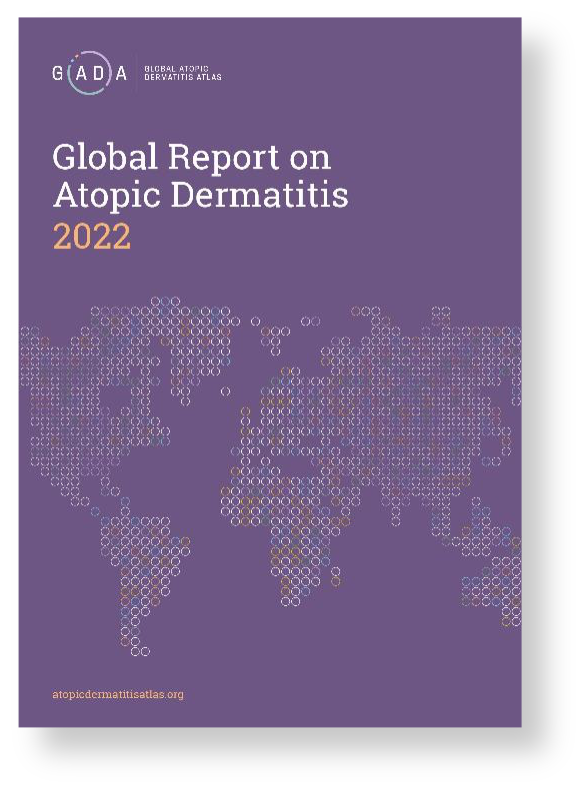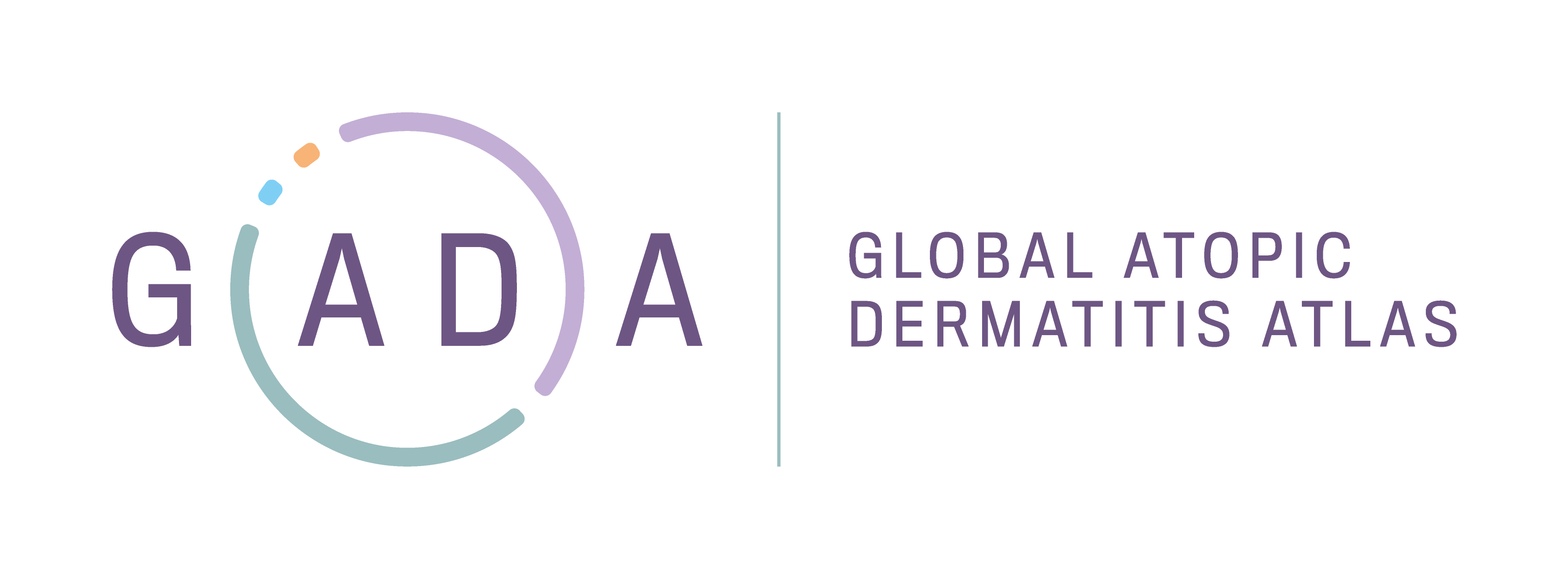About GADA
GADA is an international collaboration between the International League of Dermatological Societies (ILDS), the International Eczema Council (IEC), the International Society of Atopic Dermatitis (ISAD), the European Taskforce for Atopic Dermatitis (ETFAD), and the The Global Alliance of Dermatology Patient Organizations (IADPO/GlobalSkin).
Why this Global Atopic Dermatitis Atlas project?
Atopic dermatitis is a non-contagious, chronic skin disease, causing dry, patchy and very itchy skin. It is also called atopic eczema, or just ‘eczema’. It usually starts in early infancy, and affects up to 20% of children at some point in their life, and up to 10% of the adults. Of all skin diseases worldwide, atopic dermatitis is the most common and burdensome, making it an important public health issue worldwide.
The number of people who have atopic dermatitis varies around the world. In some countries there are more people with atopic dermatitis than in other countries, and we do not know why. The differences in prevalence could be because of lifestyle, climate, or other environmental factors. However, we do not know enough about these variations yet, and we would like to find out more.
Although there are numbers (data) available showing how many people per country have atopic dermatitis and how severe it might be, there are differences in how these figures are measured in each country. This means that some countries have more detailed information on atopic dermatitis than others. Knowing how many people have atopic dermatitis (and how severely), is important because with more precise information, atopic dermatitis might be better understood and treated.
This is relevant to all atopic dermatitis patients worldwide, and the Global Atopic Dermatitis Atlas will help to address gaps in current data.
What is the Global Atopic Dermatitis Atlas?
The Global Atopic Dermatitis Atlas, also called GADA, is a worldwide, long-term project. The aim of GADA is to create and maintain an atlas where all data about atopic dermatitis is available in one place, of all the countries: how many people have it, at what age, how severe it is, and how it is treated.
Such data should ideally be collected and analyzed in exactly the same way for allcountries. This is not the case yet, and that is what GADA intends to establish. Because with better data, we will be able to understand the global and local burden of atopic dermatitis better, and why it varies so much around the globe.
GADA will be the leading source for these data, for everyone’s use. This is important for patients/caregivers and health care providers, but also for governments, policymakers and health care payers (e.g. insurers).
GADA intends to fill the current gaps in epidemiological data in three phases:
- a systematic review of current epidemiological data;
- reaching international consensus to standardize and improve epidemiological studies; and
- developing research tools for fieldwork. We plan to conduct and equip epidemiological surveys with newly developed, standardized methodology, particularly focusing on geographical areas which lack of data.

Who is behind the Global Atopic Dermatitis Atlas? And who supports it?
The Global Atopic Dermatitis Atlas is led by Professor Carsten Flohr (St John’s Institute of Dermatology, King’s College London, UK) and is an initiative of The International League of Dermatological Societies (ILDS), in collaboration with:
The ILDS represents 200,000 dermatologists worldwide through their over 190 national societies. The ILDS initiated this project, because of the importance of atopic dermatitis as a skin disease globally. ILDS collaborates on this project with patients and caregivers, represented by the International Alliance of Dermatology Patient Organizations (IADPO/GlobalSkin), and with renowned researchers in the field of atopic dermatitis through the above organizations.


